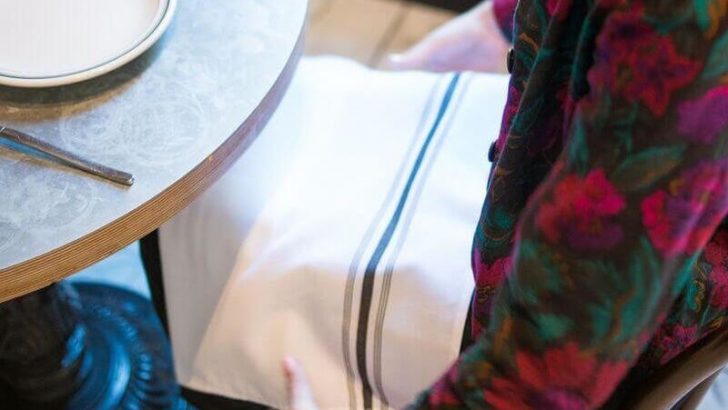Dining out is a common pleasure, but even the most seasoned restaurant-goers might be unaware of the subtle nuances of etiquette that can elevate the dining experience. Many rules are overlooked, yet they hold significance in ensuring a pleasant atmosphere and smooth interaction with staff. Let’s explore twelve lesser-known etiquette rules that you might be breaking without even realizing it.
1. Don’t Stack Plates

Picture this: a serene dining experience, suddenly marred by the clatter of stacked plates. While it might seem helpful, stacking your dishes disrupts the ambiance that the establishment has crafted. Allow the server to clear the table gracefully, ensuring a seamless dining experience.
This practice also maintains the dignity of the service staff, respecting their expertise in handling the table setting. It subtly acknowledges the care taken to ensure your meal is presented impeccably. Remember, dining is not just about consuming food, but enjoying the entire experience.
Consider that the next time you’re tempted to stack plates. You’re part of a tradition that values patience and respect. Did you know? In some cultures, stacking dishes is seen as a sign that you want to rush out.
2. Avoid the Table Wave
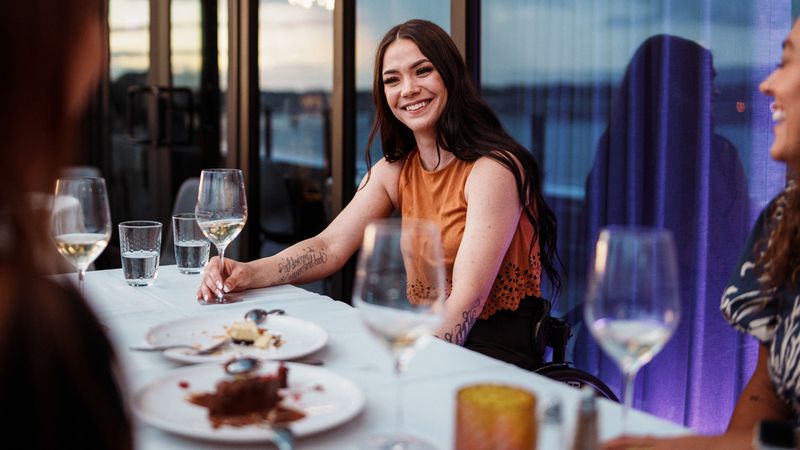
Think about catching a server’s eye without making a scene. Waving frantically can be seen as disruptive or even rude. Instead, a gentle nod or eye contact is enough to let your server know you’re in need of assistance.
This quiet approach respects the flow of service and the experience of other diners. It demonstrates patience and understanding of the restaurant’s pace, contributing to a more relaxing dining environment for everyone.
Waving might seem innocuous, but practice restraint next time. Did you know? In high-end restaurants, staff are trained to observe and attend without needing explicit signals from guests.
3. No Elbows on the Table

“Elbows off the table!” is a phrase many recall from childhood. While relaxed dining may seem forgiving, keeping elbows off the table remains a marker of refined dining conduct.
This practice maintains personal space and prevents accidental spills, ensuring a neat dining environment. It also conveys respect for those sharing the meal, highlighting an awareness of dining etiquette.
Reflect on this simple gesture of elegance next time you dine. Fun fact: This rule dates back to medieval times when tables were often unstable, and leaning could cause a collapse!
4. Handle Cutlery with Care
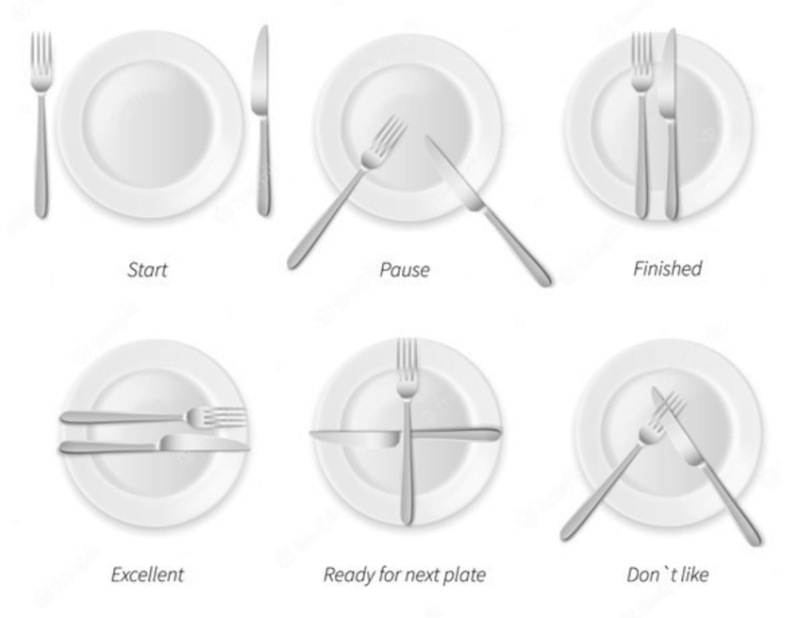
Cutlery etiquette reflects one’s dining grace. Rather than brandishing utensils like weapons, wield them with intention and care. Place them neatly when pausing, signaling to staff whether you’re finished or merely taking a break.
Such subtlety allows servers to read your needs without verbal cues, enhancing the flow of service. It also showcases a level of dining sophistication, respecting the art of table service.
Remember, the position of your cutlery speaks volumes. A fun bit: in some cultures, cutlery placement is a silent language signaling different phases of the dining experience.
5. Don’t Rearrange the Table
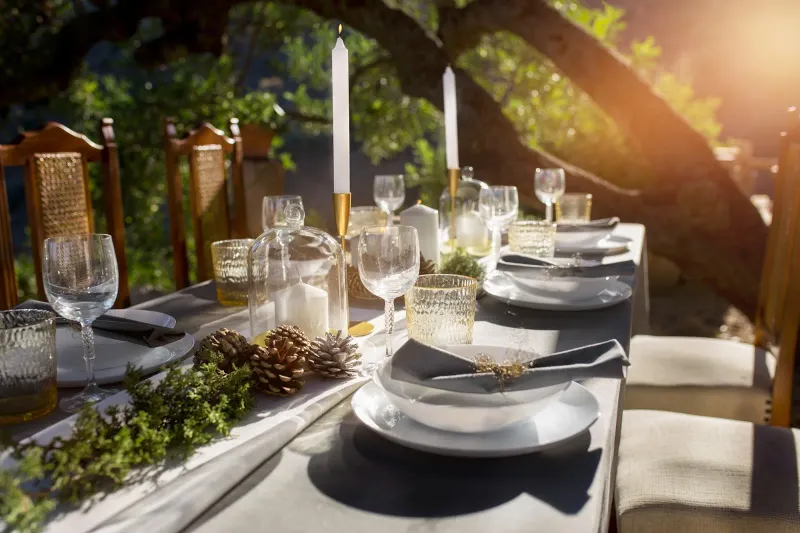
The temptation to rearrange a beautifully set table can be strong, but resist it. The layout is often carefully designed to enhance convenience and aesthetics.
When items are moved around, it may disrupt service flow or the server’s ability to manage space effectively. This subtle respect for the establishment’s choices enhances your dining experience by acknowledging their expertise.
Next time, take a moment to appreciate the setting before altering it. Did you know? In some high-end venues, table settings are crafted by professional designers to reflect the theme of the menu.
6. Reserve Your Seat First

Imagine arriving at a bustling restaurant without a reservation. While it might seem efficient to grab any open seat, proper etiquette suggests waiting to be seated by staff.
This practice not only respects the venue’s seating protocol but also ensures that all guests are accommodated fairly and efficiently. It reinforces the restaurant’s organizational efforts, contributing to a seamless dining process.
Patience in such scenarios is key. A quirky fact: Some restaurants use specific seating arrangements to balance the workload among servers and optimize service speed.
7. Silence Your Phone

In today’s digital age, the sound of a ringing phone can be jarring amidst a peaceful dining experience. Keeping your phone on silent ensures your attention is on the meal and the company.
This practice acknowledges the presence of your dining companions, valuing face-to-face interaction over digital distractions. It preserves the ambiance for everyone, allowing the nuances of the meal to be fully appreciated.
Next time, let dining be a retreat from the digital world. Did you know? Some restaurants encourage “phone-free” dining to enhance guest interaction and enjoyment.
8. Don’t Reach Across the Table
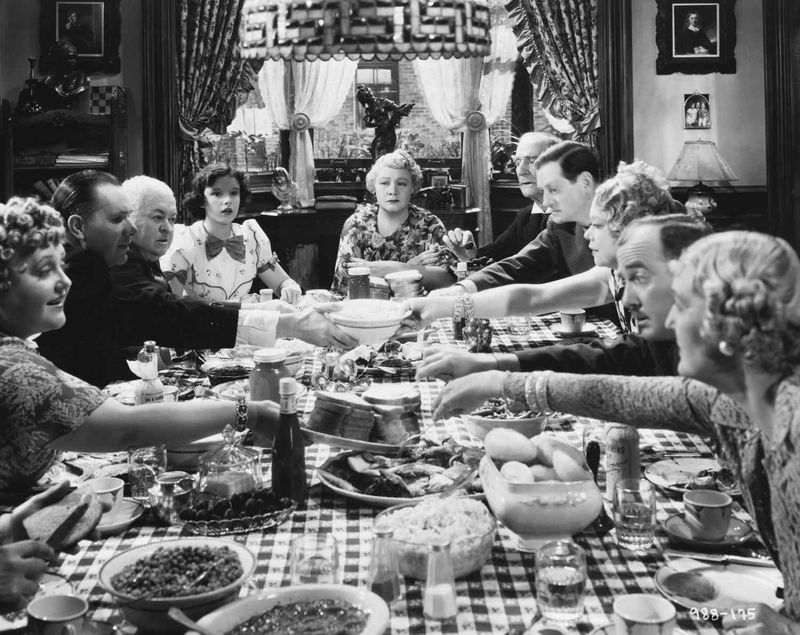
Stretching across the table for that tempting dish may seem harmless, but it disrupts the dining harmony. Instead, politely ask for items to be passed.
This gesture acknowledges the shared nature of dining, fostering a communal atmosphere where everyone feels included. It also minimizes the risk of spills and awkward mishaps.
Consider this small courtesy next time you’re reaching out. Fun fact: This practice is rooted in the idea of promoting politeness and reducing clutter on the table during meals.
9. Taste Before Seasoning
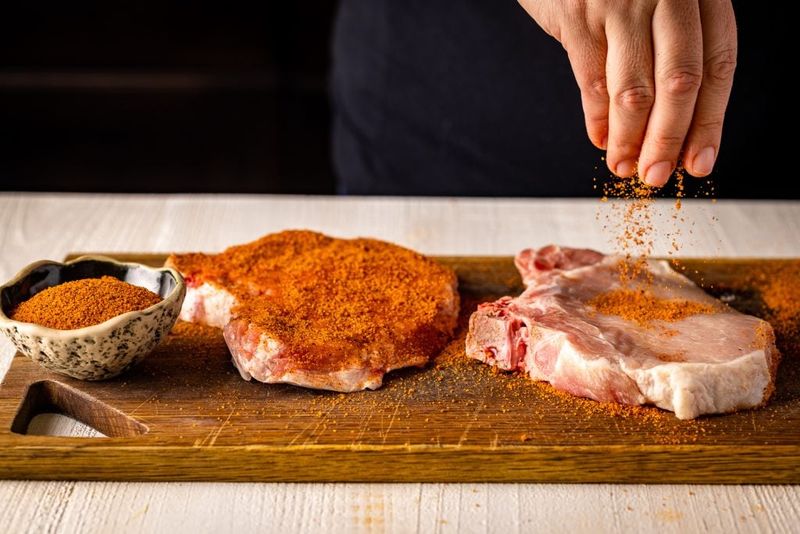
Seasoning before tasting is akin to judging a book by its cover. Chefs craft dishes with precision, and immediate seasoning can overshadow their culinary intent.
Sampling first shows appreciation for the chef’s artistry and respects the balance they’ve aimed to achieve. It also enhances your dining experience by discovering the intended flavors before altering them.
Next time, savor the original taste first. Did you know? Some chefs see premature seasoning as a slight to their skills, having put thought into every ingredient used.
10. Mind Your Napkin
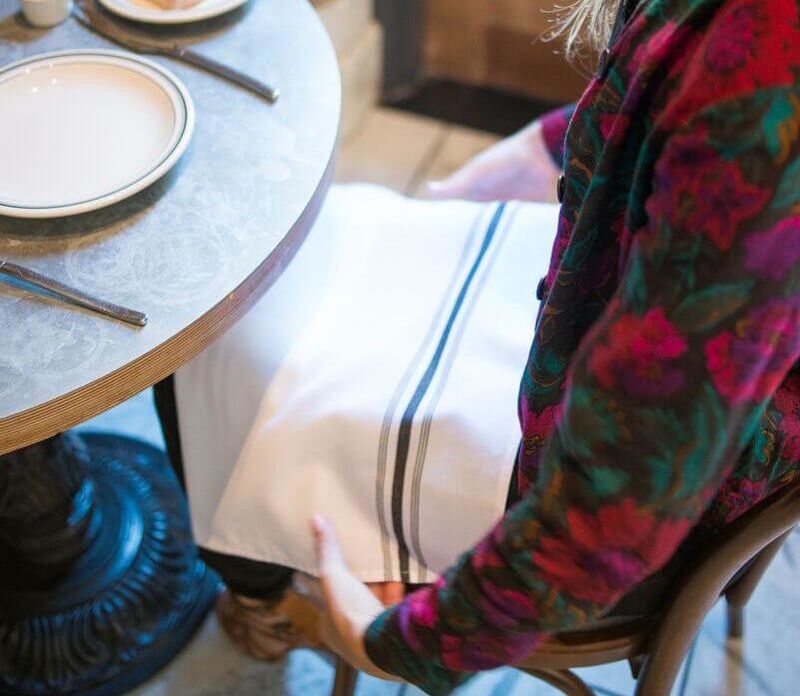
Napkin etiquette might seem trivial, but it plays a vital role in dining decorum. Once seated, place your napkin on your lap as a silent signal that the meal is commencing.
This practice helps keep your attire clean and signifies respect for the dining process. Throughout the meal, use the napkin to gently dab your lips, preserving the pristine setting.
Such subtlety emphasizes the elegance of dining rituals. Interesting tidbit: In formal settings, a napkin placed on the chair indicates a temporary absence, while on the table, it signals the end of your meal.
11. Don’t Blow on Hot Soup
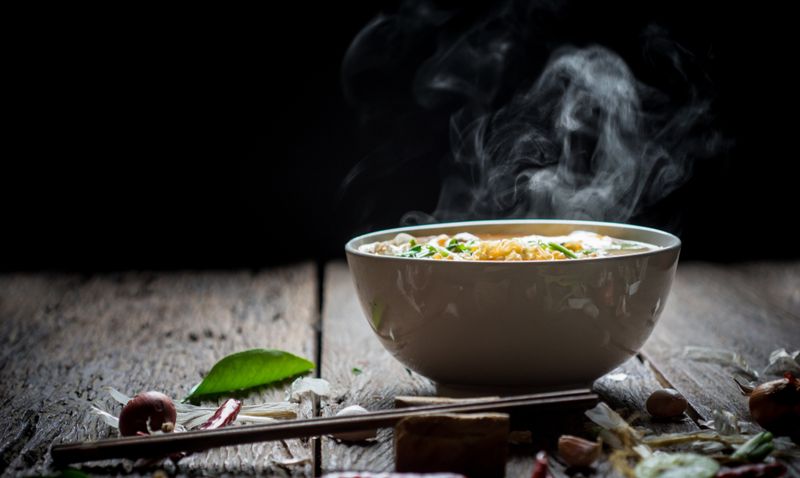
In the chilly winter months, a hot soup is a comforting start to a meal. Yet blowing on it to cool might be frowned upon in refined dining.
Instead, gently stir the soup or allow it to cool naturally, preserving the dining experience’s sophistication. This patience reflects a respect for both the food and those around you.
Next time, enjoy the anticipation of a perfectly tempered first sip. Fun fact: Traditional etiquette suggests tilting the bowl away and ladling the soup towards you, ensuring neatness and elegance.
12. Acknowledge Special Occasions Wisely
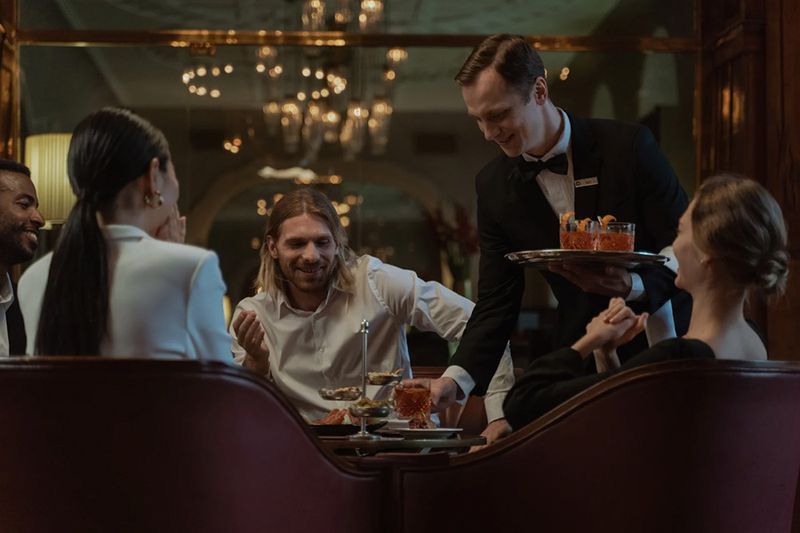
Celebrating a special occasion at a restaurant adds to the joy, but how you inform the staff can impact the experience. Rather than announcing it loudly, share the news discreetly.
This subtle approach respects other diners’ experiences while ensuring your event receives the attention it deserves. It creates a memorable moment without overshadowing the overall dining atmosphere.
Next time, consider the art of subtle celebration. Did you know? Many restaurants offer complimentary treats for special occasions when informed with grace.

